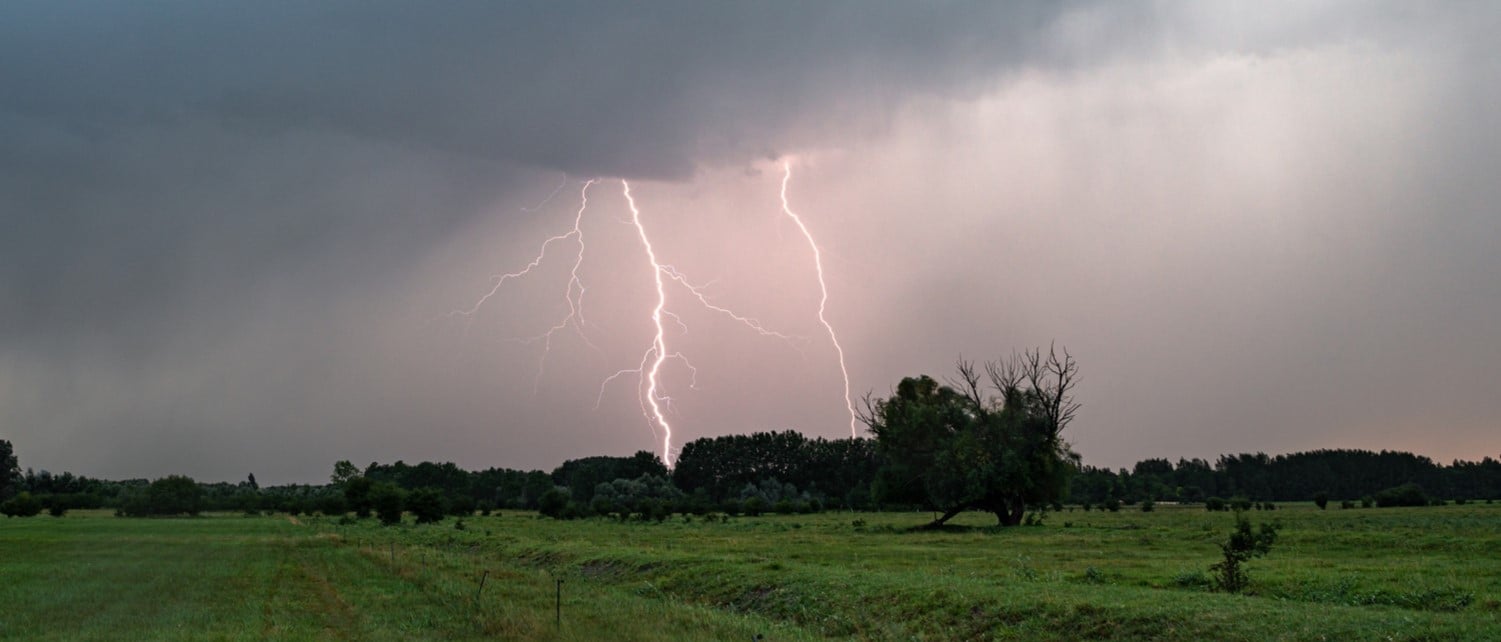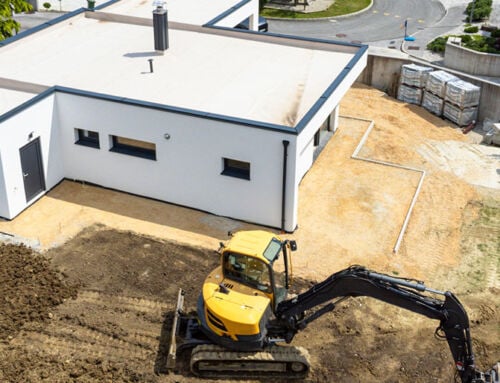Keeping yourself safe during a thunderstorm involves staying indoors and avoiding open areas, tall trees, and metal objects. Keeping your business property safe during a thunderstorm requires different measures. Though lightning, trees, and rainwater can damage your building, you and your employees can help mitigate those risks by implementing storm safety measures before, during, and after a thunderstorm.
Here are some tips that may help protect your business:
Lightning
- Unplug any electronics to protect them from power surges.
- Let employees know not to use landline telephones that aren’t cordless.
- Install surge arresters to protect your electronics by diverting lightning into the ground.
Trees and debris
- Clear eaves troughs and downspouts to prevent roof leakage and basement flooding.
- Even though they aren’t always on your property, make sure debris isn’t blocking the gutters surrounding your business.
- Most storm-related claims are caused by falling trees and branches damaging property. Take a proactive approach by trimming branches and trees that may fall soon. Look out for:
- Cracked and raised soil by a tree’s base
- Fungal growth around the trunk
- Bare branches, especially near the top
- Cavities or cracks in the trunk
- Always leave a tree’s final assessment and removal to a certified arborist.
Flooding
- Small puddles of standing water around your property could be a sign that the ground outside is angled towards your building. Have a professional adjust the grade to angle it away from the building, or perhaps install drain tile.
- Sump pumps are great for taking care of excess water around your property. Connecting one to a backup generator ensures it continues to run when there’s a power outage, which is always a possibility during thunderstorms.
Buildings and belongings
- Have a professional inspect your roof for cracks, breaks, and anything else that causes leaks.
- Any items and furnishings outside your building should be secured or brought indoors before a storm hits.
- Document your belongings by taking pictures or videos to make it easier for insurers to replace them if they’re damaged by rainwater.
- If an incident occurs during a thunderstorm, call your insurer after it’s over. You should also encourage neighbouring businesses to contact their insurance companies if the incident affected them in any way. (For example, your fallen tree damaging their property is generally their insurer’s responsibility, so it’s good to get both parties involved.)
Depending on where your business is located, there’s a good chance you’ll experience some lightning storms and heavy rainfall during the summer. Getting ready for them and educating your employees on storm safety can help keep your business property safe from thunderstorms this summer.
Protect yourself and your commercial business property
When it comes to risks for your commercial business property — whether it’s falling trees, flooding, or lightning damage, to name a few — most people think the worst will never happen to them. Unfortunately, these events can happen. Federated can help minimize risk with a tailored business insurance policy. Take a step toward protecting yourself and your business by visiting our Commercial Property insurance page today!
This blog is provided for information only and is not a substitute for professional advice. We make no representations or warranties regarding the accuracy or completeness of the information and will not be responsible for any loss arising out of reliance on the information.







